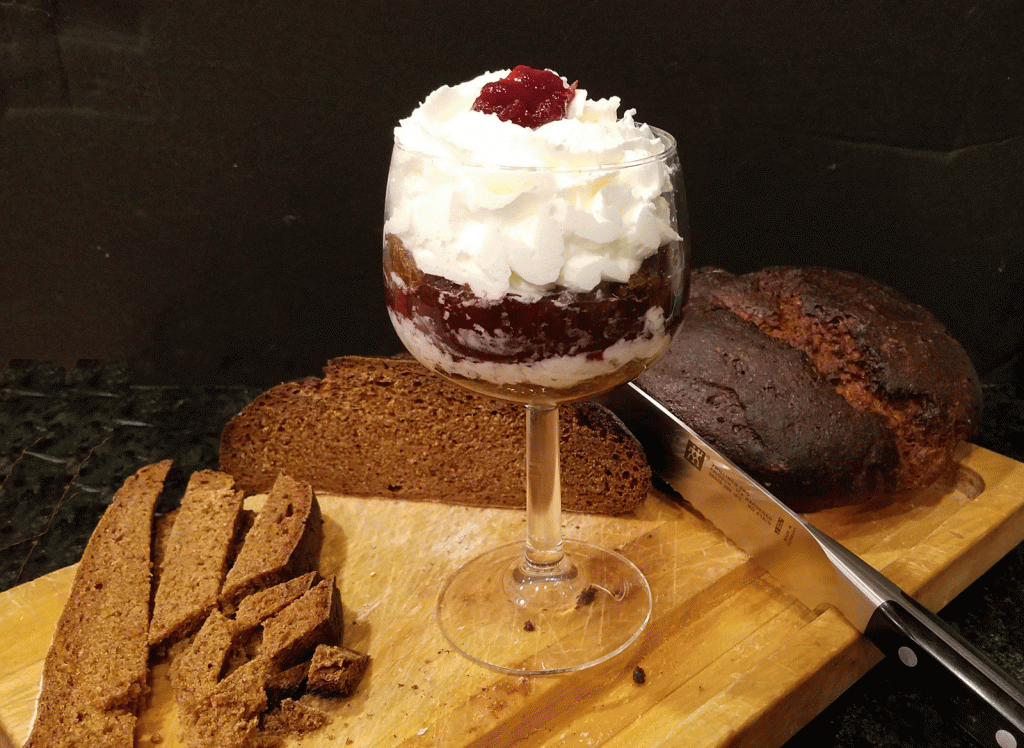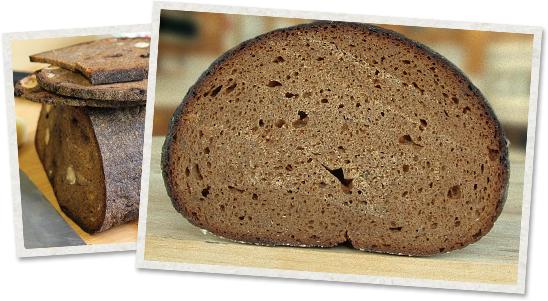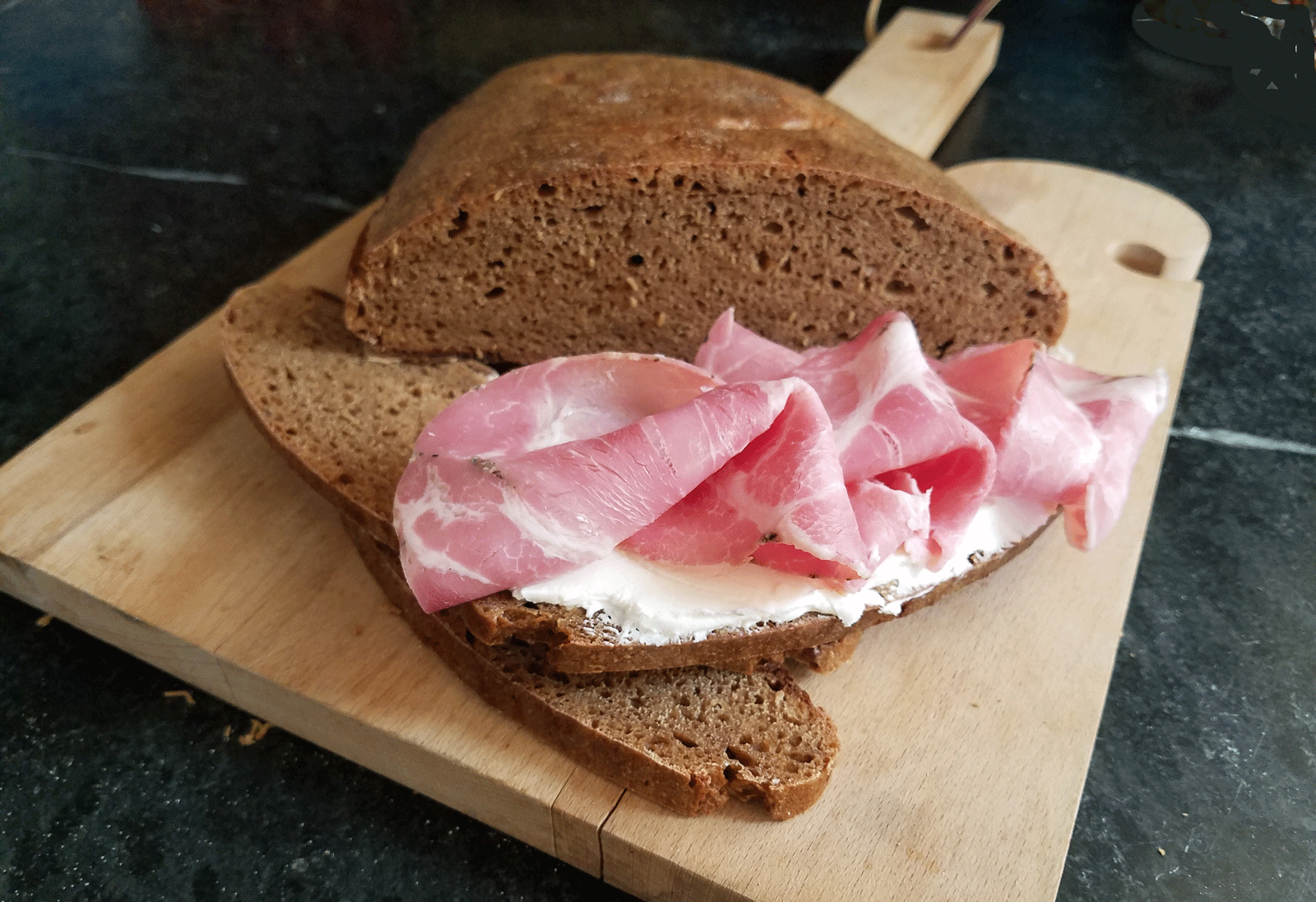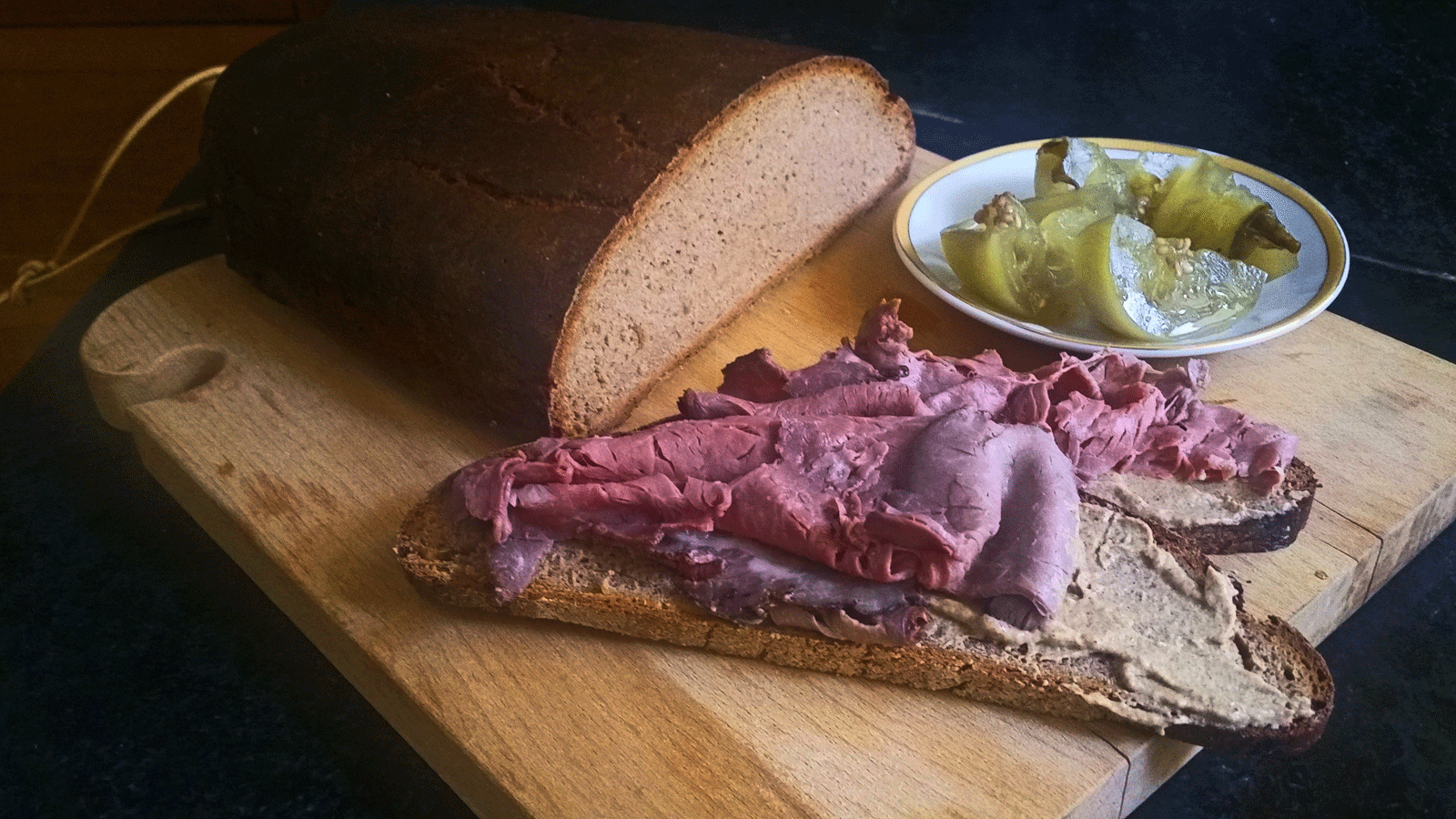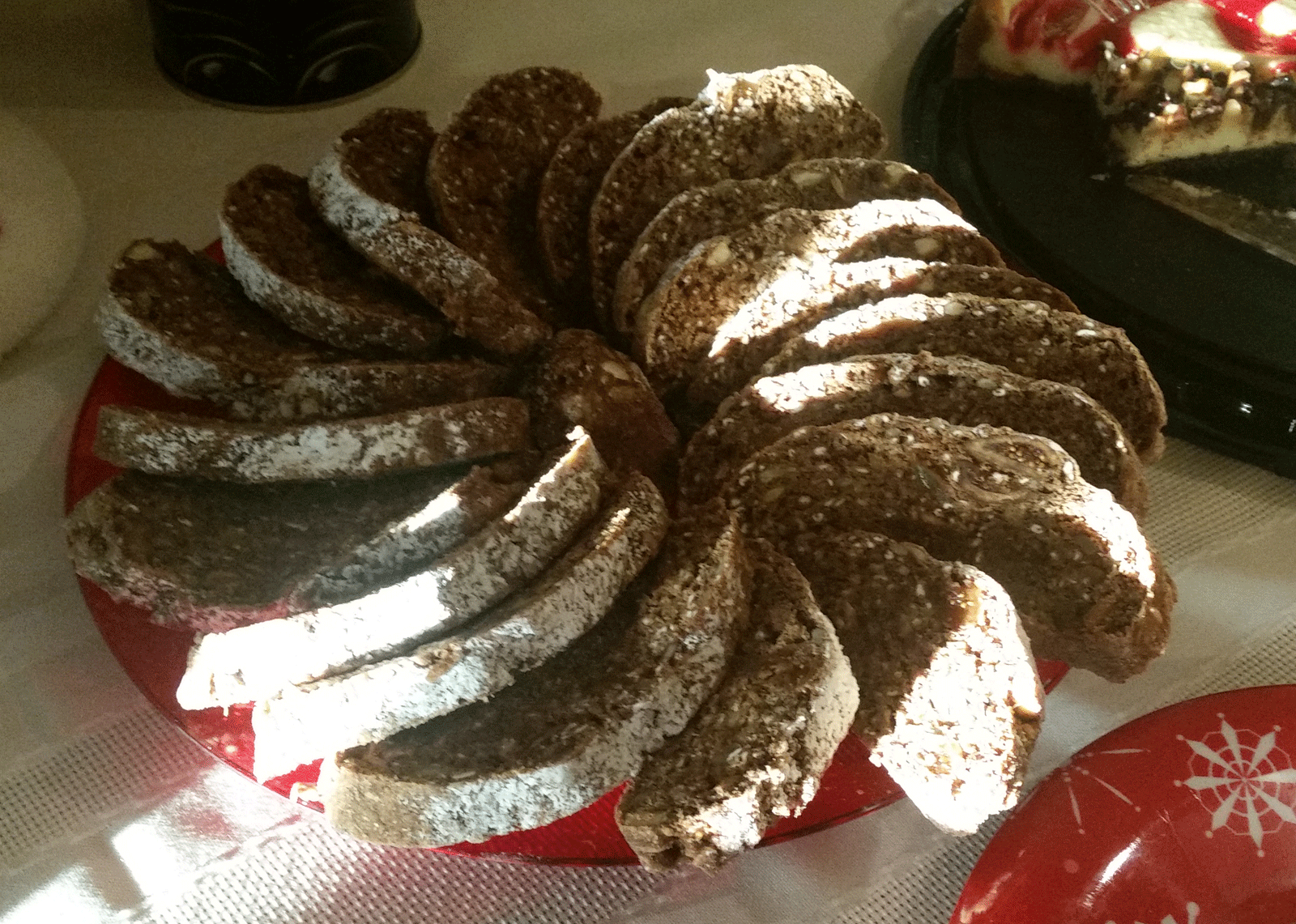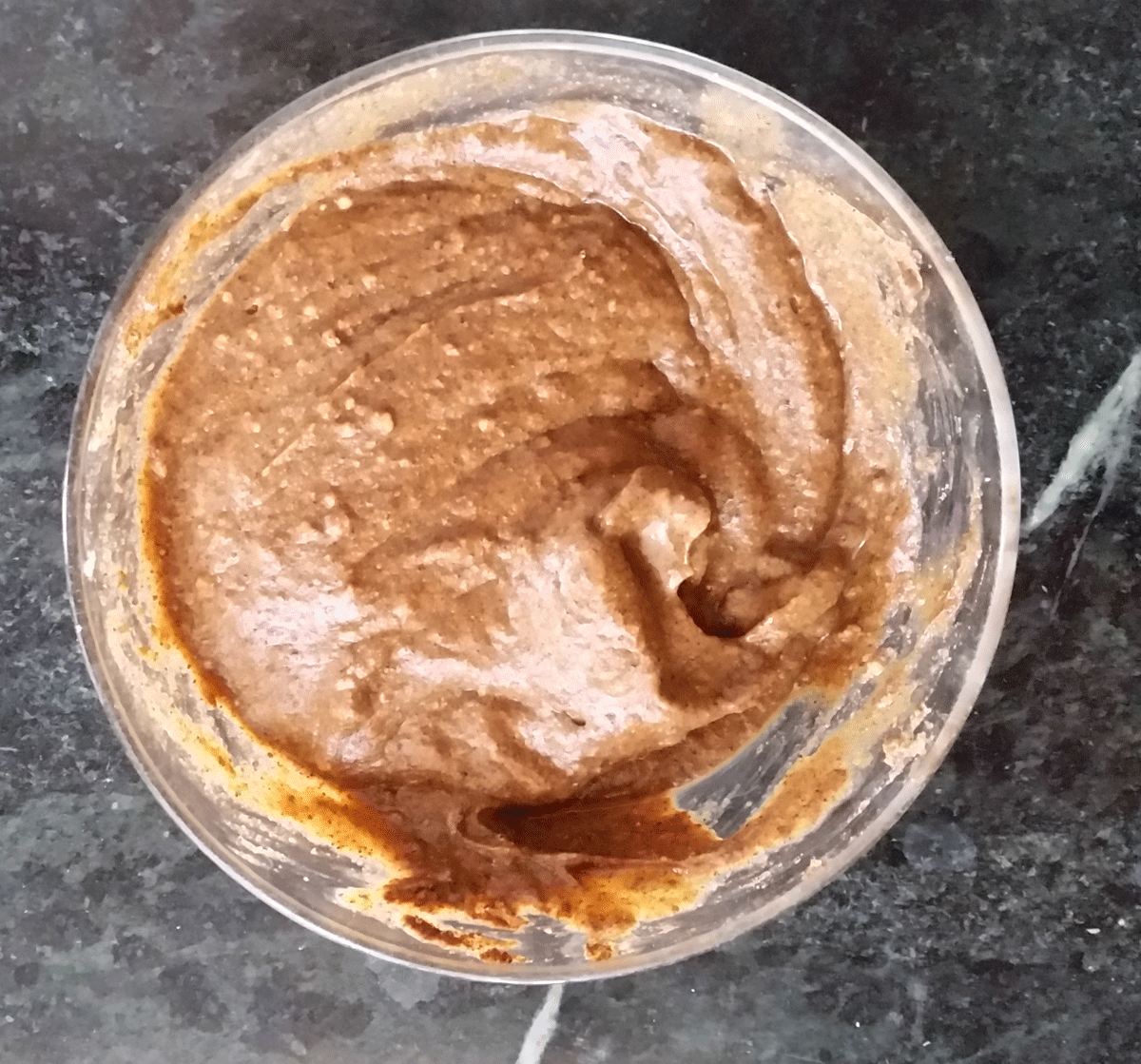| Rye %: | 51% |
| Stages: | Scald, Final dough |
| Leaven: | Instant yeast |
| Start to Finish: | 4-4½ hours |
| Hands-on Time: | 30 minutes |
| Yield: | Three 1¾ lb/800 g loaves |
One of the breads I discovered on Baltic Rye Tour 2018 was this simple and lovely Finnish malt bread. I first tasted it at the Wi-Box Bakery in Raseborg, on Finland’s southwestern coast, where Swedish influence is very strong. It was an immediate hit, not just with me, but with all 18 members of our jolly band of bread nerds.

